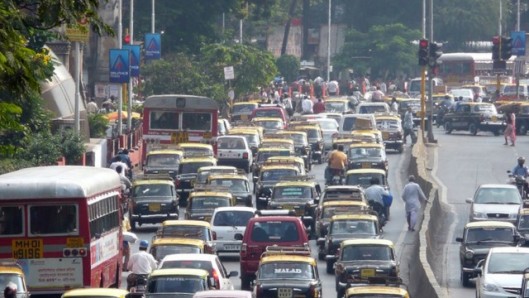 Increased vehicle sales in Southeast Asia over the coming years are going to have a big impact on the development of the aftermarket in the region according to forecasts from consultancy Frost and Sullivan.
Increased vehicle sales in Southeast Asia over the coming years are going to have a big impact on the development of the aftermarket in the region according to forecasts from consultancy Frost and Sullivan.
New vehicles entering the ASEAN market will precipitate the rise in aftermarket operations and parts supply at an annual growth rate of 12.9% according to a recent paper entitled ‘Strategic Analysis of ASEAN Automotive Aftermarket’.
The three largest markets affected are Indonesia, Thailand and Malaysia, which have all witnessed individual economic growth in recent years.
Silka Yosa, Frost and Sullivan’s consulting analyst for automotive practice in Asia Pacific, commented: "The growth rates for products such as wipers, clutches, compressors, filters and brakes are expected to be high, in the region of 13% annually for the next five to seven years, due to the boom in ASEAN vehicle sales.
Wiper blades, in particular, are pipped to be one of the fastest growing segments, due to their comparatively short life span, growing at a rate of 15.2% by 2018. Components such as starters, alternators, radiators and fans, however, will see less immediate growth. Sales for these parts only peak as the vehicle reaches between eight to 12 years old.
Yosa noted there was a common trend amongst vehicle owners to return to authorised service centres for routine maintenance only as long as their warranties obliged them to, seeking out lower-priced alternatives that were often better situated beyond this.
However, when it came to the replacement of parts, vehicle owners in the region relied on recommendations from established dealers or service centres,
"Vehicles under manufacturer warranty are bound by replacement of only original, approved parts,” said Yosa. “Consumers not bound by warranties generally opt for aftermarket parts due to pricing, but still consider factors such as brand, quality, and warranty when making a choice.”
Many car owners in the region are also sceptical about using oil or treatment additives to improve vehicle performance, unless they have been recommended or endorsed by specific carmakers. Unlike in the US or Europe, where DIY/repair shop systems are more popular, for many drivers in the ASEAN countries advice from dealers or OEMs is more important and cars are serviced more frequently on-site.
Remanufacturers have only recently begun to successfully enter the ASEAN aftermarket, beginning with recycled car parts such as starters and alternators.

























![Global[1]](https://d3n5uof8vony13.cloudfront.net/Pictures/web/a/d/s/global1_726550.svgz)









